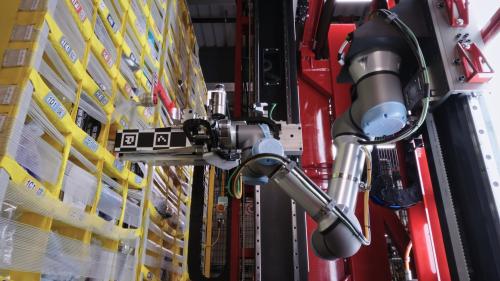In announcing restructuring hurdles for the struggling auto industry, President Obama said that he wants General Motors to create “a credible model for how not only to survive, but to succeed in this competitive global market.” The steps that he announced—such as requiring GM to cut the number of brands and reduce its debt if it is to receive further federal assistance, providing federal backing for car warranties, and providing new incentives for car purchases—will help GM survive… in the short term.
So will other steps that the president’s auto task force recommended, such as cutting the number of dealerships.
However, the president’s announcement simply does not go far enough to help GM succeed in the long run. As Susan Helper and I pointed out in a previous Brookings commentary, GM’s long-run problems are primarily problems of quality and innovation, not problems of cost. Neither the president’s statement nor his task force’s analysis addresses those long-run problems.
Improving quality requires adopting world-class production and design methods that tap the knowledge of suppliers and production workers. The federal government should condition further aid to GM and its suppliers on the company’s agreement to implement—in cooperation with the United Auto Workers and suppliers—the recommendations of a federal auto industry manufacturing assistance program patterned after the existing Manufacturing Extension Partnership Program.
Spurring innovation requires doing the necessary research to develop the next generation of alternative-powered cars. Part of any additional federal aid to automakers and suppliers should go to support their participation in a consortium that would perform that research.
What about the option of bankruptcy, which the president mentioned in his announcement?
Bankruptcy, even with GM receiving federal funding to remain in business during the process, is simply too blunt a tool to promote the quality and innovation that the company needs. Bankruptcy is the right tool if a company’s main need is to reduce costs. But if its main needs are to improve quality and implement new technologies, bankruptcy doesn’t do the job. Federal bankruptcy courts lack the knowledge to do the job. They are set up to supervise the restructuring of a company’s finances, not of its production or R&D.
No matter the politics, improving quality and spurring innovation will require more sustained federal engagement with makes, models, and manufacturing than the president’s statement contemplates. If federal aid to automakers is to promote quality and innovation, the conditions attached to that aid will require ongoing negotiation and sharing of knowledge between government officials who understand auto production and companies willing to change their production processes so that they can thrive in the long term. President Obama should recognize that to achieve his goal of helping GM succeed, his administration will need to be involved in the company’s production decisions for the foreseeable future.
Transforming the U.S. auto industry will have enormous implications for metro areas, beyond Detroit. Even with a long-term focus on quality and innovation rather than cost-cutting, the short-term measures needed to help GM survive will result in large job losses. As I pointed out in a previous Brookings analysis, these losses are likely to be felt by auto suppliers, dealers, and other businesses located across 50 metropolitan areas—including most of the metropolitan economies of the Great Lakes region as well as some elsewhere.
Yesterday, the president recognized the need to help these metropolitan areas adjust by appointing a Director of Recovery for Auto Workers and Communities. Obama was not specific about the scope of federal assistance to communities suffering from plant closings and mass layoffs. Ideally, though, this assistance would include help for laid-off workers, additional federal economic recovery spending in affected communities, and creation of new manufacturing jobs both in emerging industries and, ultimately, in revitalized auto and parts manufacturing industries.
The Brookings Institution is committed to quality, independence, and impact.
We are supported by a diverse array of funders. In line with our values and policies, each Brookings publication represents the sole views of its author(s).



Commentary
Op-edDriving the Auto Industry to a New Place
March 31, 2009